Christian Spielmann
Friedrich Schiller University | Jena, Germany
“Lens-less Imaging of Biological Samples”

Microscopy using extreme ultraviolet (XUV) radiation is crucial for achieving higher resolution due to the short wavelength or for conducting element-specifi c measurements. However, organic samples, for example, are at signifi cant risk of being quickly damaged or even destroyed by the intense, short-wavelength
radiation. Although methods utilizing powerful X-ray lasers can collect essential information before the samples are harmed, these techniques are highly complex and resource intensive.
In ghost imaging (GI), object information is obtained non-locally through the correlation of two beams. One beam interacts with the object and is measured by a single-pixel detector, while the other beam, which does not interact with the object, is recorded by a spatially resolved array detector. The first GI experiments utilized quantum-entangled photons generated through spontaneous parametric down-conversion. Later, GI was also demonstrated with thermal and pseudothermal light sources using randomly generated intensity patterns with low exposure dose. In computational GI (CGI), illumination is modulated with a spatial light modulator or a digital micromirror device, simplifying the GI setup to a single-pixel detector by computationally generating the illumination pattern.
The CGI image is reconstructed by correlating the intensity signals with the calculated sequential random speckle patterns. Through detailed study, we identifi ed the most suitable speckle patterns to achieve higher quality and resolution images with fewer iterations. Additionally, we utilized deep learning technology to enhance the quality of blurred ghost images, transforming them into high-quality outputs.
These significant findings can be directly applied to the XUV range. However, achieving CGI in the XUV domain required addressing the challenges of fi nding a suitable modulator and light source. A femtosecond laser-driven high harmonic generation (HHG) source provides XUV radiation with the necessary flux and beam quality. The patterns are generated using transmission masks mounted on a translation stage. Since these masks need to be prefabricated, it is crucial to precisely define their shape in advance. With this setup, we recently demonstrated CGI using a tabletop XUV source for the fi rst time.
With further advancements in our setup and reconstruction algorithms, we anticipate obtaining detailed information about biological samples, with enhanced resolution suffi cient to achieve sub-micrometer precision.
